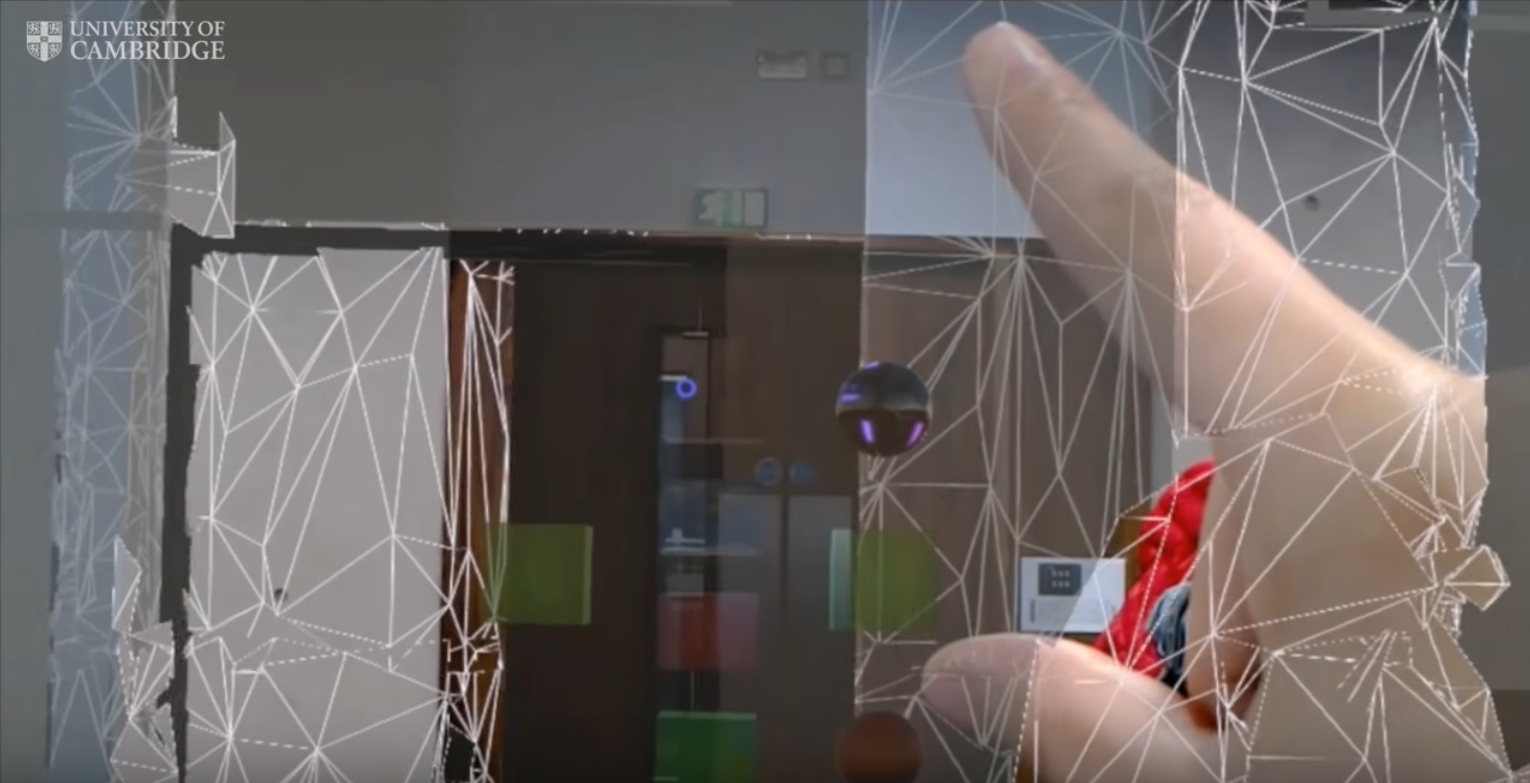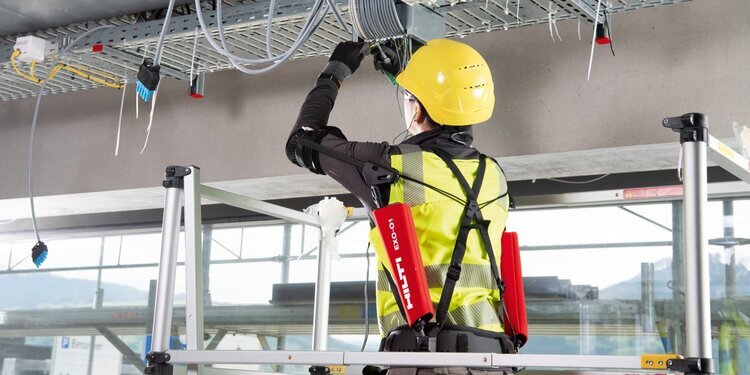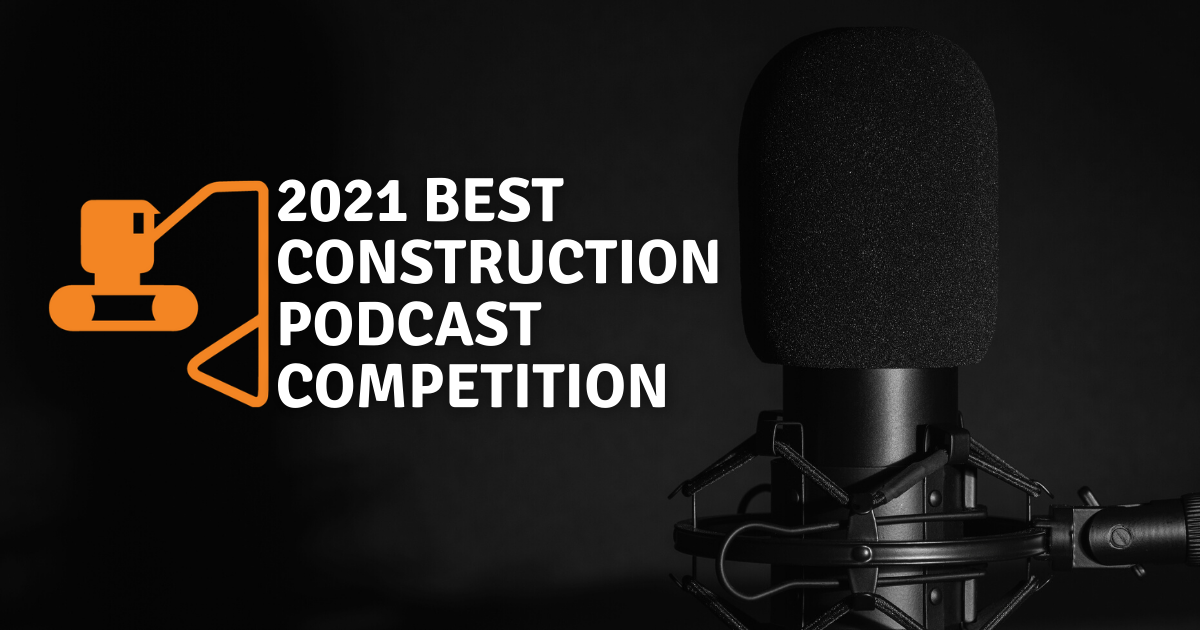via Youtube
Augmented reality on construction job sites has been a focus of several technology companies in recent years. As of now the clear leaders in the category have been the DAQRI smart helmet and glasses and the MIcrosoft Hololens. Early this year, DAQRI introduced their new smart glasses, which are the lighter and more mobile version of their fully protective smart hard hat. The new DAQRI product is a clear competitor for Microsoft’s Hololens, which is also a smart headset product. Backed by the powerful construction technology company Trimble and in a partnership with the University of Cambridge, the Hololens is getting tested with 2 new concepts specifically for the construction industry: Automated Progress Monitoring and Automated Bridge Damage Detection.
Automated Progress Monitoring
Regularly inspecting progress on a jobsite is time consuming, but extremely necessary in order to keep a project on schedule, but it’s also extremely time consuming. Microsoft is testing an application that will hopefully make the process much easier and also use the technology to make the inspections more meaningful. In a blog post, Microsoft explained, “The new trial revolutionises the process by presenting all physical and digital information through HoloLens, allowing inspectors to check, cross-reference and report on inspections very quickly, and collaborate with site representatives.” No additional details have been released regarding this new application yet.
Automated Bridge Damage Detection
As we found out recently, there are now over 55,000 bridges across the United States that are considered “structurally deficient.“ That’s a lot of bridges to inspect and there’s no time to be wasted in order to keep everyone safe on America’s infrastructure. This new application being tested gives the user the ability to take high resolution images and automatically map them onto 3D models of the bridge. Microsoft further explained, “ Structural engineers can then review the integrity of a bridge in mixed reality using HoloLens, making recommendations for repairs or other preventative measures. This reduces costs and is more efficient, making sure bridges do not enter their ‘failure zone’, leading to major road closures and disruption.” You can also check out the video below for additional information about the trials:











In the midst of fierce discourse over the bipartisan infrastructure bill lies a unique opportunity for the United States.